Today’s PING Blueprint T and S irons launch story should be marked for posterity.
It is, we believe, the first launch story of 2024 where the acronym AI or the word optimize or maximize will not feature prominently. In fact, other than in this paragraph you’re reading at this very moment, they won’t appear at-freaking–all.
It’s refreshing to get back to talking about golf clubs created by regular people. Sure, those people have advanced degrees and they used a computer and all. But the new PING Blueprint irons have a human feel to them.
HAL hasn’t taken over this ship. Not yet anyway.
On the other hand, PING is right upfront about these new Blueprints. They’re not for everybody. In fact, you could say that, other than the elite ball striker, they’re hardly for anybody. But pieced together in the right set?
Well, there’s hope.
So, with today’s article officially declared a Supercomputer and AI Free Zone, let’s get after it.
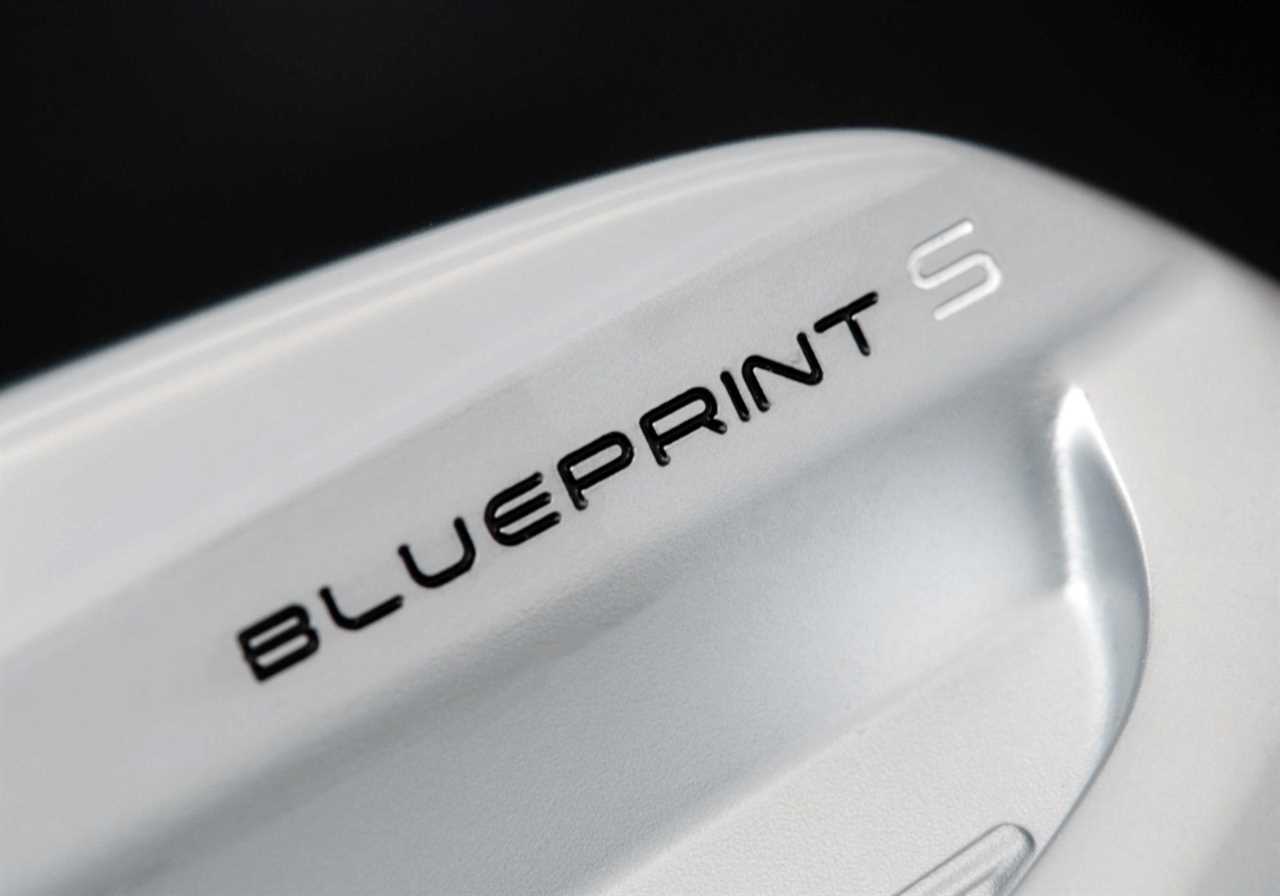
PING Blueprint Irons: Truly Tour Inspired
PING made investment casting a thing in the late ‘60s. The Anser putter put Karsten Solheim on the map but it was the investment-cast Karsten I irons in 1969 that made PING a burr under the saddle of mainstream OEMs for the next 20 years. However, PING’s first irons were, in fact, forged.
In 1961, Karsten started experimenting with perimeter weighting in irons and came up with the PING 69 Ballnamics. Karsten got some forged blade heads from a friend and turned them into cavity-backs by hand-milling channels in the back. Crude, but they were lighter and, effectively, perimeter-weighted.
Fast forward to October 2018 and we see Louis Oosthuizen posting pictures of something we’ve never seen from PING before, a real, live, honest-to-goodness forged blade. “It’s a bit of an extended R&D experiment,” PING Engineering VP Paul Wood said at the time.
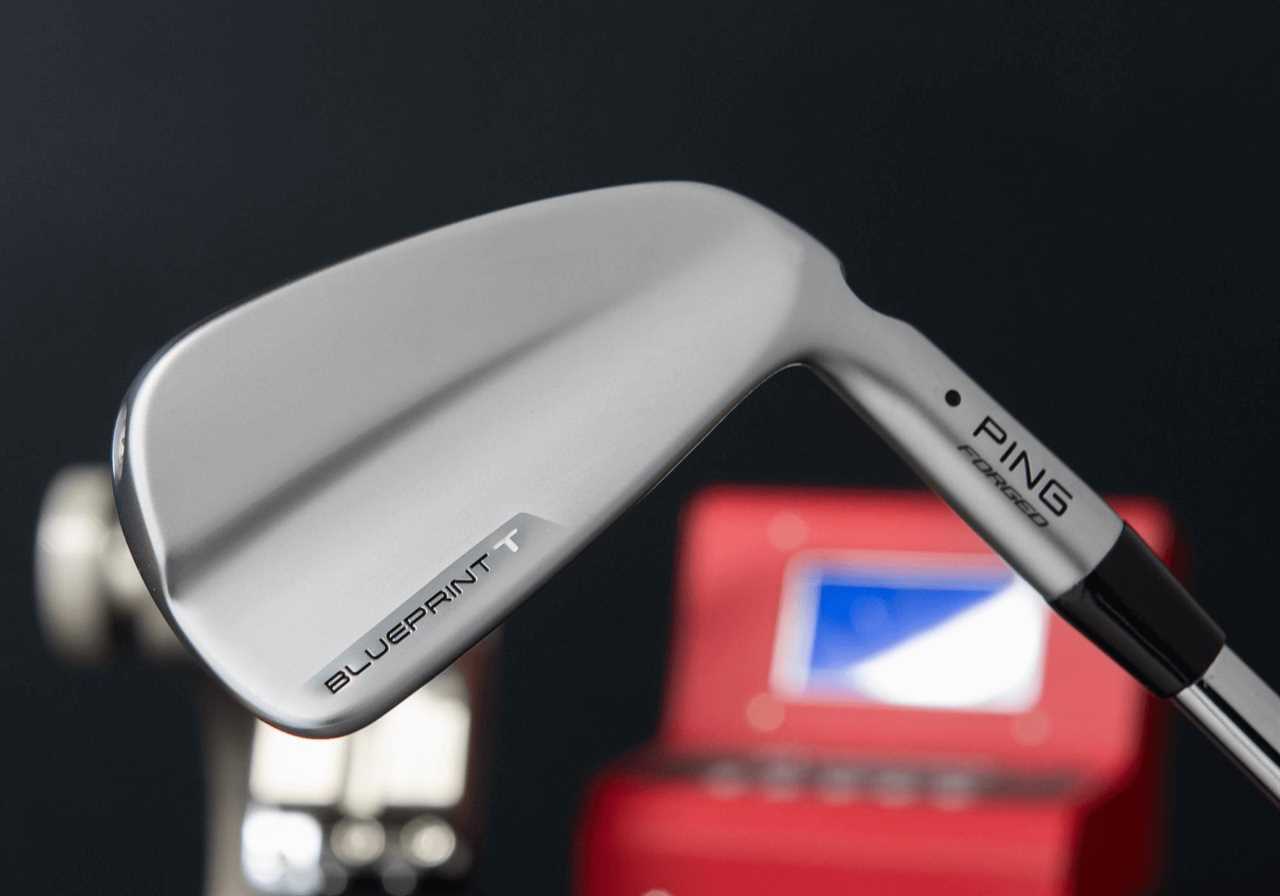
In fact, it was Oosthuizen who pushed PING to develop what became the Blueprint over the objections of none other than John Solheim. PING engineers made Oosthuizen a 4- and 8-iron to try. He loved them so much that Solheim begrudgingly gave the project the green light.
Oosthuizen craved something smaller and more compact than the 2016 vintage PING iBlade he had been gaming. And that’s exactly what he got with the original Blueprint. But after five years with the Blueprint, he told PING he’d like the exact same thing–only a little bigger and less compact.
The Blueprint T is the updated replacement for the original Blueprint. The Blueprint S replaces the 2 1/2-year-old PING i59 forged irons. PING is convinced the Blueprints, when combined with the i230 irons, will create a combo powerhouse the better player will go gaga over.
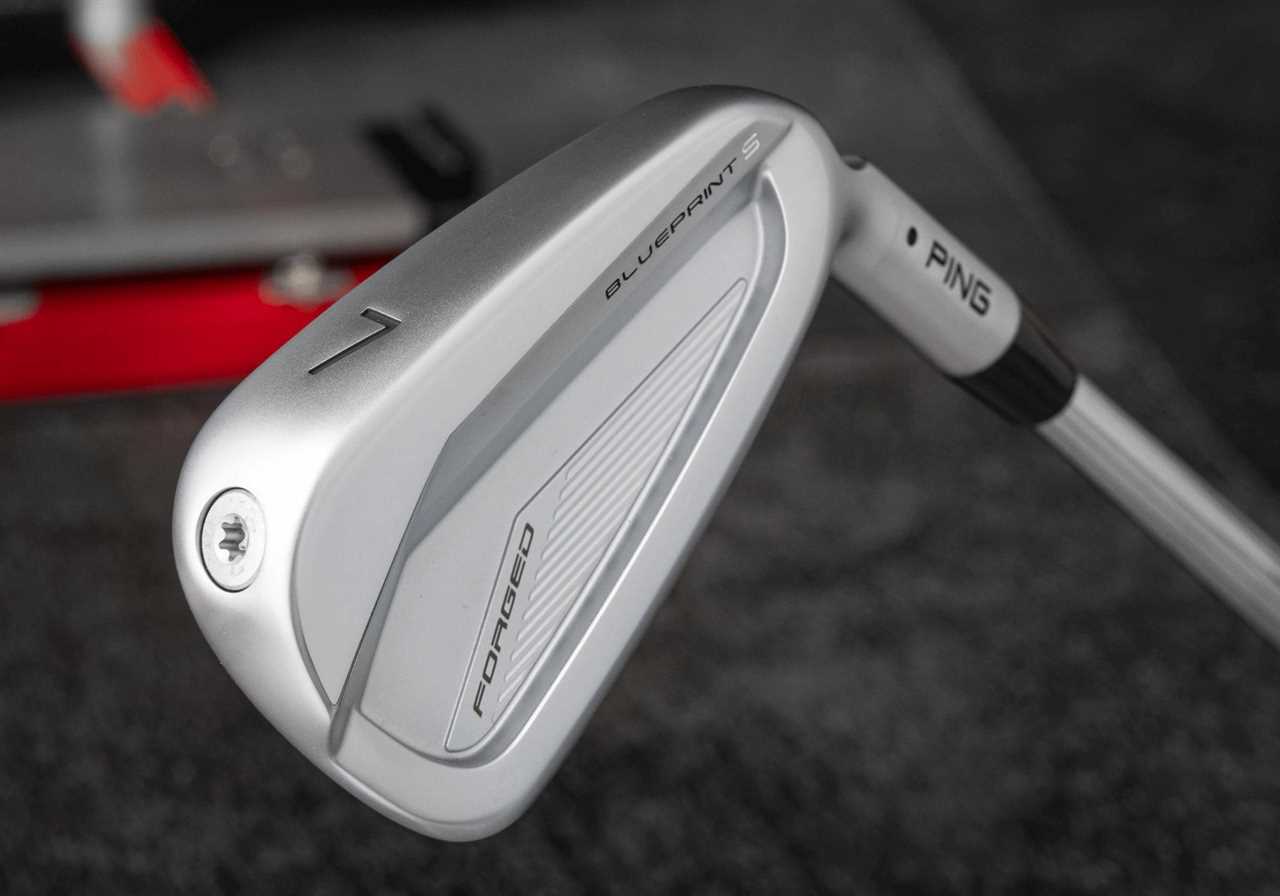
PING Blueprint Irons: T For Tour
Like its predecessor, the new PING Blueprint T is a single-piece forging made with the game’s best ball strikers in mind.
“We won’t sell a ton of them,” acknowledges PING Design Engineering Manager Travis Milleman. “They’re definitely our elite player/Tour player-focused clubs living on the spectrum of precision irons.”
Precision irons, in PING-speak, are about as plain and straightforward as you can get. No ball speed-inducing, face flex-enhancing, distance-creating technology need apply. It’s all feel, launch, spin and looks, with just a whisper of forgiveness.

“When we asked our Tour players what they wanted in a new Blueprint, they said they wanted it a little bit bigger,” says Milleman. “We went too far with the old Blueprint. It was too small and it was kind of shocking to hear that. Even Louis said he wanted it a little bit bigger.”
The new Blueprint T is going to be a touch bigger than the original Blueprint and it’s going to launch a touch higher (another Tour request) The blade length will be longer in the long irons and there’s going to be a little more offset. Hey, even the best players in the world like a little forgiveness.
“We’re just trying to do the right things from a CG and MOI standpoint,” says Milleman. “It’s a trend you’re seeing. The small muscle-back irons of the past are becoming less prevalent on the major tours.”
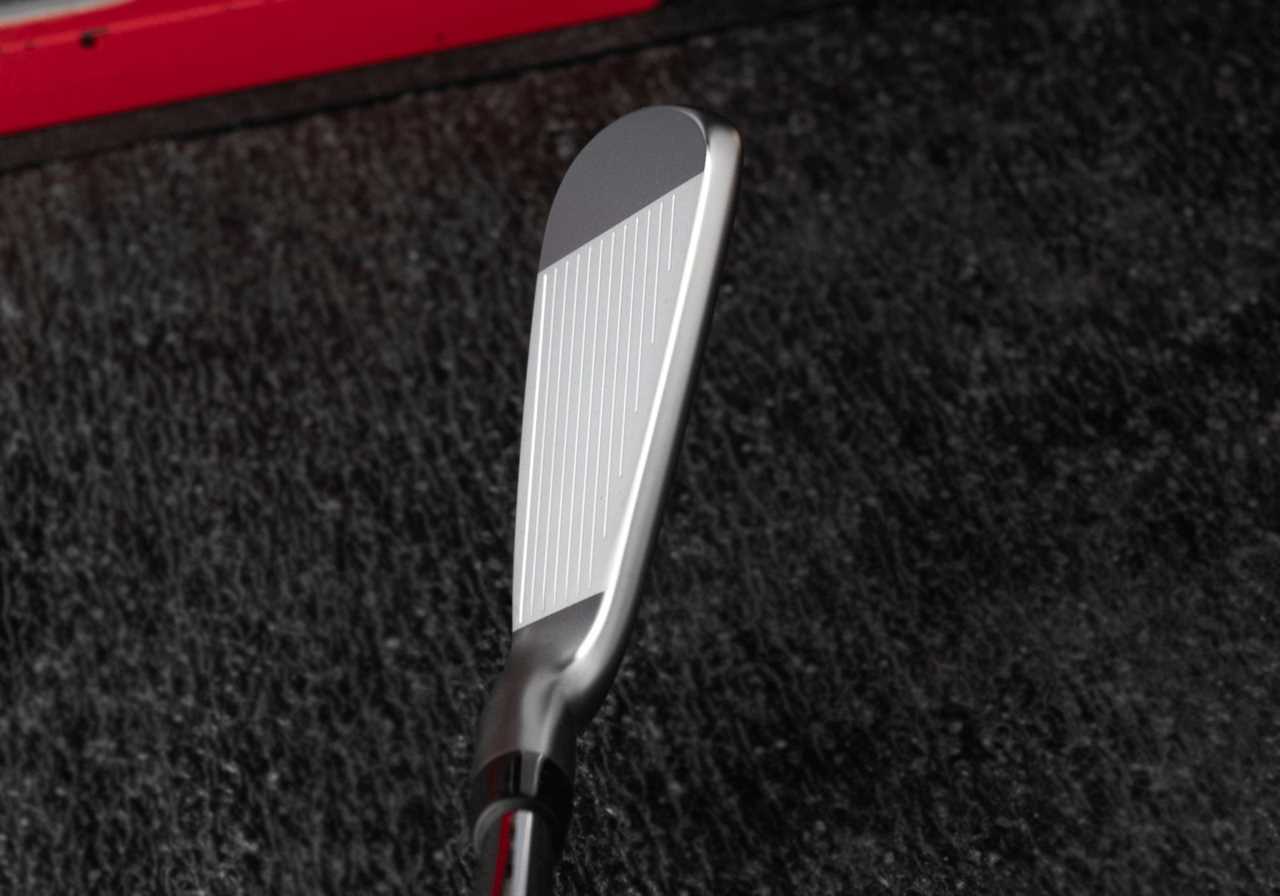
The new PING Blueprint T will be stronger lofted by a degree so they will go a touch farther. Don’t, however, accuse PING of loft-jacking. The reason has more to do with seamless set blending with Blueprint S and i230, as we’ll see.
PING Blueprint S
As mentioned, the Blueprint S is the new kid on the block and replaces the PING i59, which came out in September of 2021.
The i59 was a multi-material club with an MOI that PING describes as “off the charts” for the category. The problem was its high CG meant it lauched too low for Tour players’ liking.
“Our Tour players said they wanted to launch it higher and feel better,” says Milleman. “Going to a single-piece forging with Blueprint S achieves both of those. It does come with a slight drop in MOI from i59. But the nice thing is we’re basically resetting MOI back to where iBlade was.”
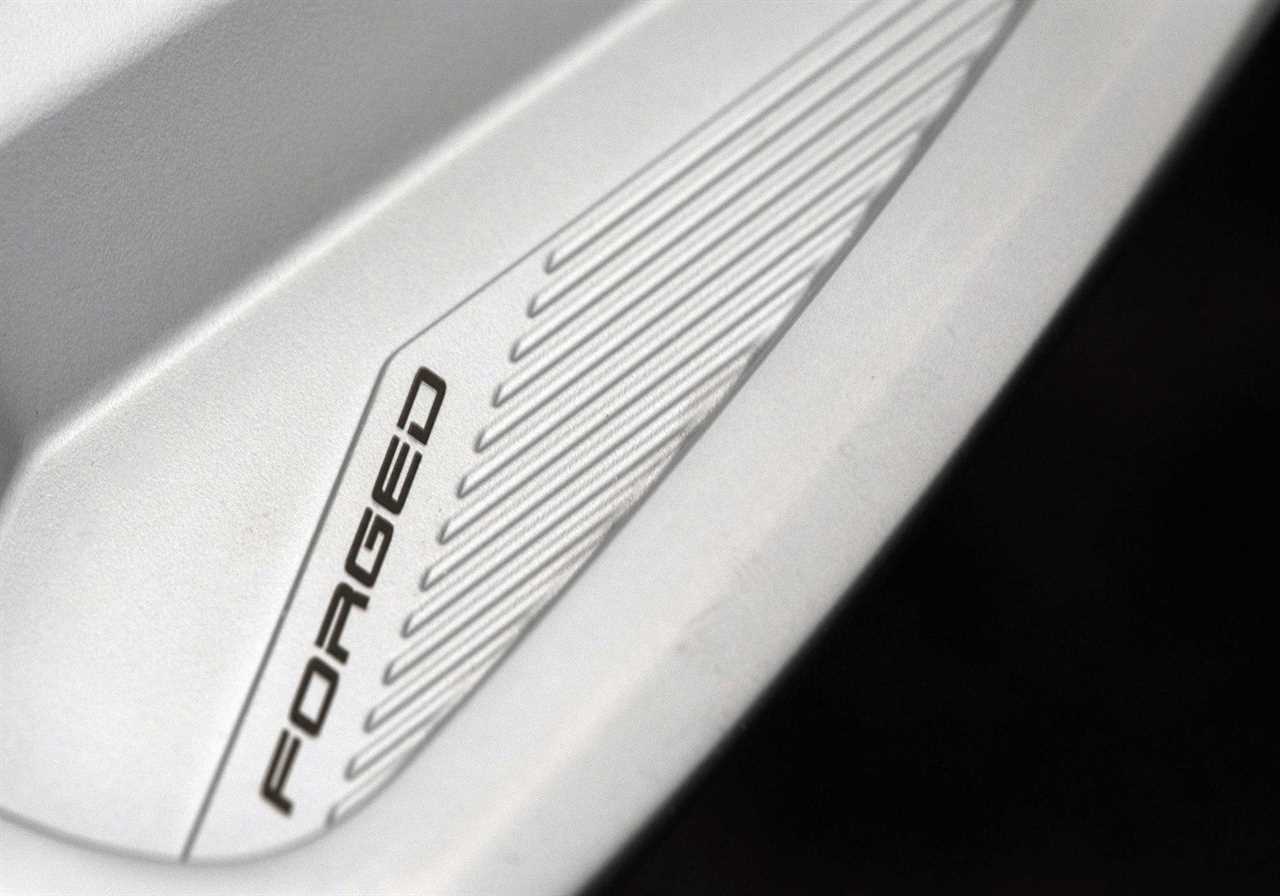
You’ll find Blueprint S is a little larger with a little more offset than Blueprint T but no so much that they look mismatched. And like the Blueprint T, the Blueprint S is forged from 8620 carbon steel.
“It’s a really good combination of a softer carbon steel that’s still durable enough to fight bag chatter,” says Milleman. “We don’t feel like we’re losing any feel by forging with 8620 but we’re gaining a ton in durability and we can maintain loft and lie.”
To get the long-iron forgiveness combined with precision its Tour pros wanted, PING had to develop a rather unique forging process for Blueprint S. It’s called Precision Pocket Forging.
Precision Pocket Forging
The Blueprint S 6-iron through pitching wedge are traditional one-piece forgings. The 3- through 5-irons, however, needed a little something-something to not only make the clubhead a little larger but also to lower the CG to get the launch Tour pros wanted.
The solution was the unique – and proprietary – Precision Pocket Forging.
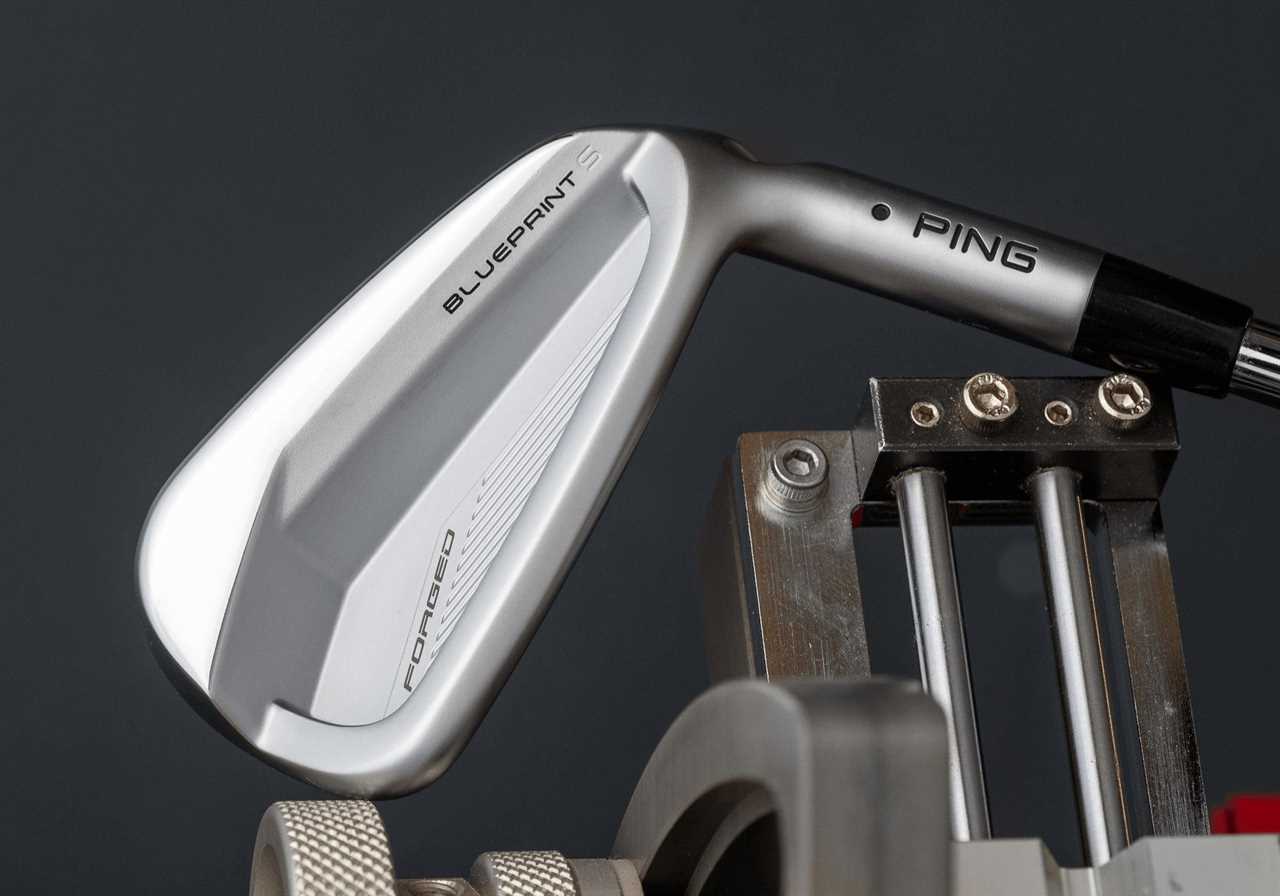
Through a mutli-step process, PING is able to forge a sizable pocket in the back cavity which is then filled with an elastomer insert and topped with a stainless steel cover. The process allows PING to make the clubhead a wee bit larger. The pocket itself frees up 10 grams of weight which gets repositioned lower. That mass, combined with new, heavier toe screws, gets the CG lower, which elevates launch.
Which is what PING’s Tour players wanted.
“Forged irons are either really small or they have really big cavities,” says Milleman. “You can generally have one or the other. This is a nice tweener. We’re saving 10 grams of mass from that pocket that we’re using to keep sizing and shaping consistent with i59 and iBlade.”
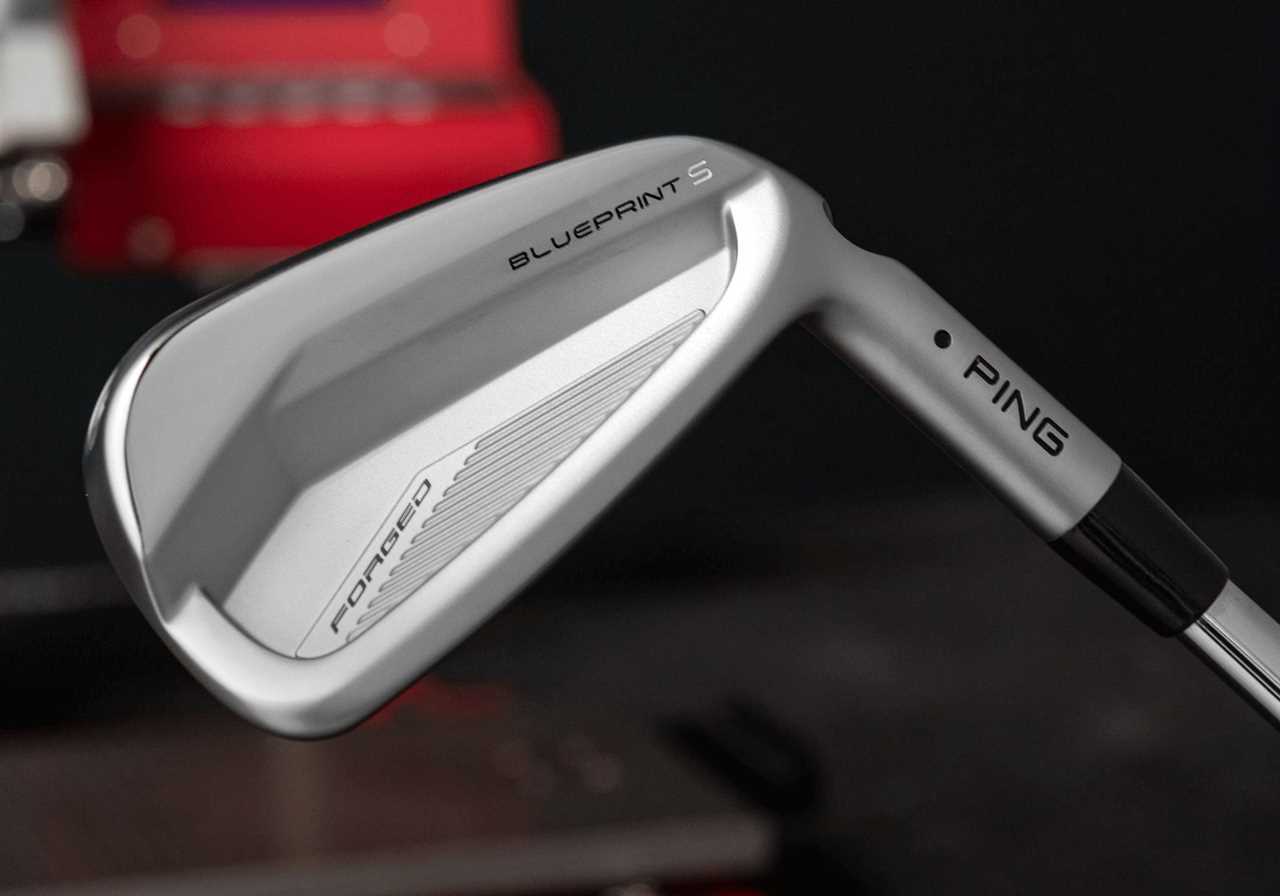
Say Goodnight, MicroMax
One of the key tech innovations with i59 was PING’s MicroMax

groove structure. MicroMax

is what it sounds like: more grooves spaced closer together with a steeper sidewall. The idea was better spin control out of the rough.
MicroMax

certainly did its job well. Perhaps a bit too well.
Spin certainly did go up in the rough. But the increased friction had the reverse effect on fairway shots as spin actually went down. Tour players wanted that changed.
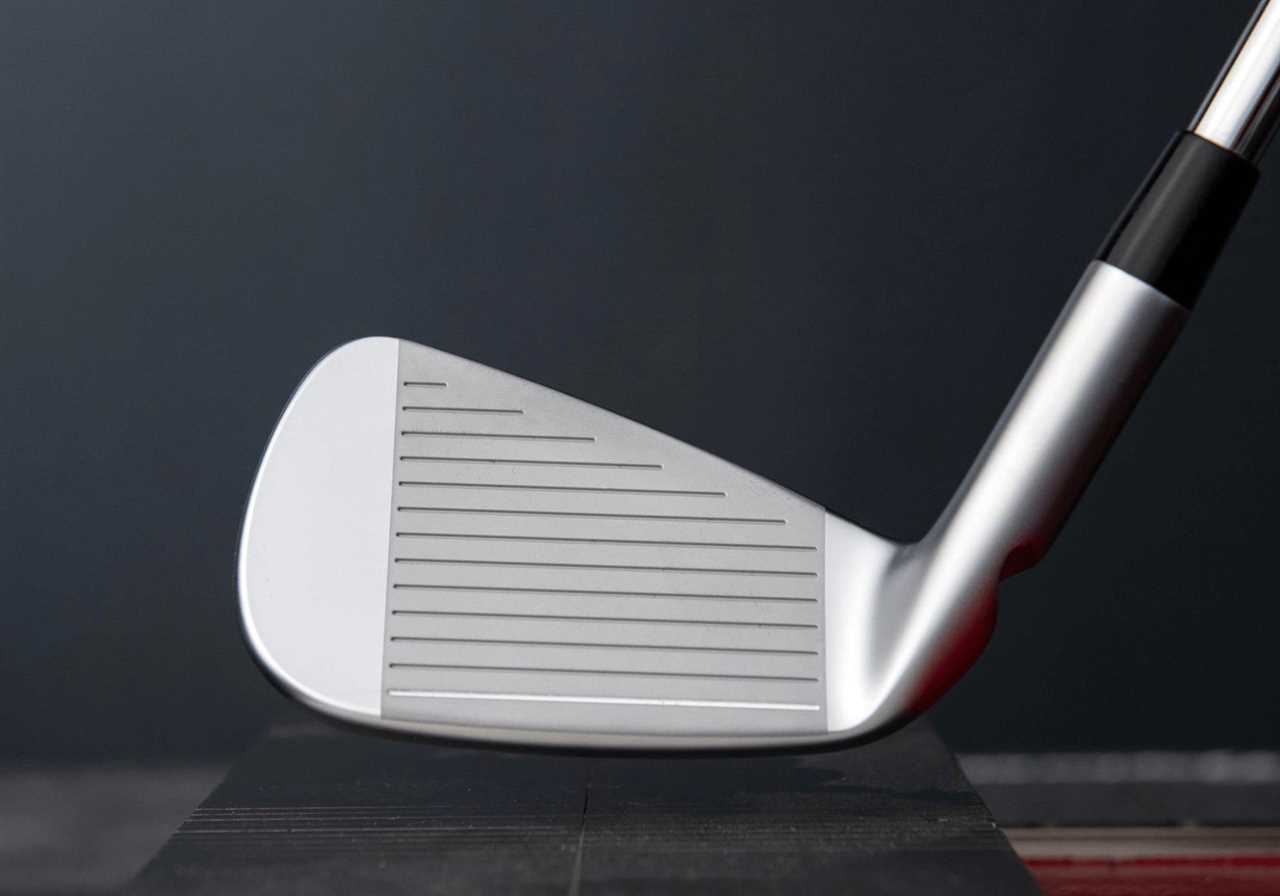
“They said, ‘Look, we hit 70 percent of our iron shots from the fairway from 150 yards and in. We want spin coming into the greens,’” says Milleman. “They accept what happens when they hit it in the rough but they’d rather have more spin on 70 percent of their shots than more consistent spin on all their shots.”
PING’s philosophy is to make sure the clubs it sells at retail are the same that its Tour pros play. As a result, MicroMax

, despite the fact it did its job really, really well, essentially lost its job with the Blueprints. The PING i520 iron set still uses MicroMax

, however.
“We have data (from Arccos) that shows an i530 player hits a shocking number of shots from the rough,” says Milleman.
PING Blueprint Irons: Born To Blend
Look at any better-player focused iron sets and you’ll find they’re made to be blended. It’s a trend that’s starting to dominate not only for regular players but Tour players as well.
“Very few players on PING staff and across most professional tours play the same iron from 3-iron through pitching wedge,” says Milleman. “Tour pros are mixing and matching but that works because they have a traveling circus with them every week to make sure their gapping is perfect.”
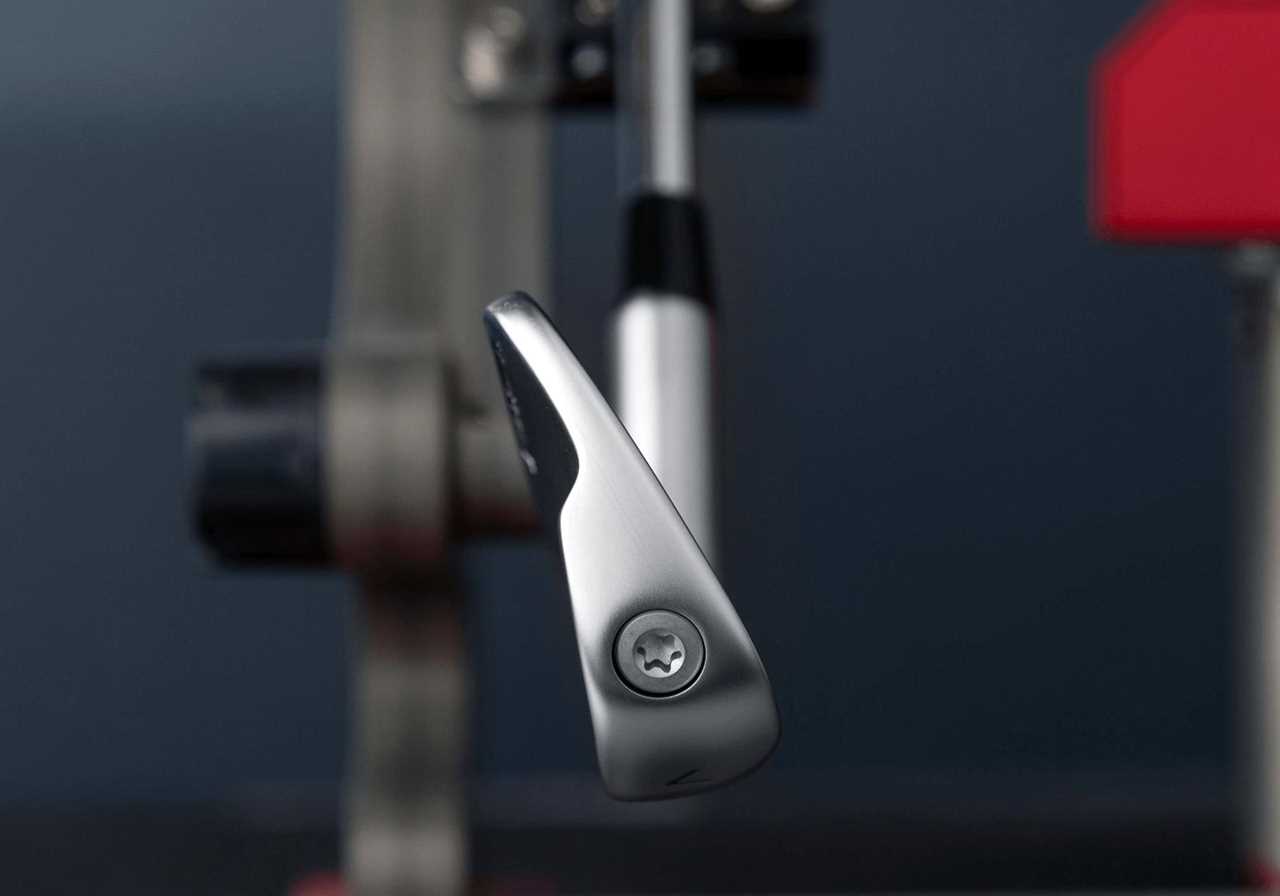
The likes of you and me, however, don’t have that luxury. And if you look at most combo sets, there’s always a hinky transition somewhere in the set where the lofts don’t line up. That leads to bending one iron weak and/or another one strong so the gapping makes sense. That, however, messes with bounce.
PING has matched the Blueprint T and Blueprint S to blend seamlessly together as well as with the i230 iron.
“All three precision irons sets have the same loft,” says Milleman. “We found through Arccos insights that the i230 is our best-gapped iron. So we’re following that length and loft progression with the two new Blueprint sets.”
That, friends, is why the new Blueprint lofts are a degree stronger than the old Blueprint lofts.
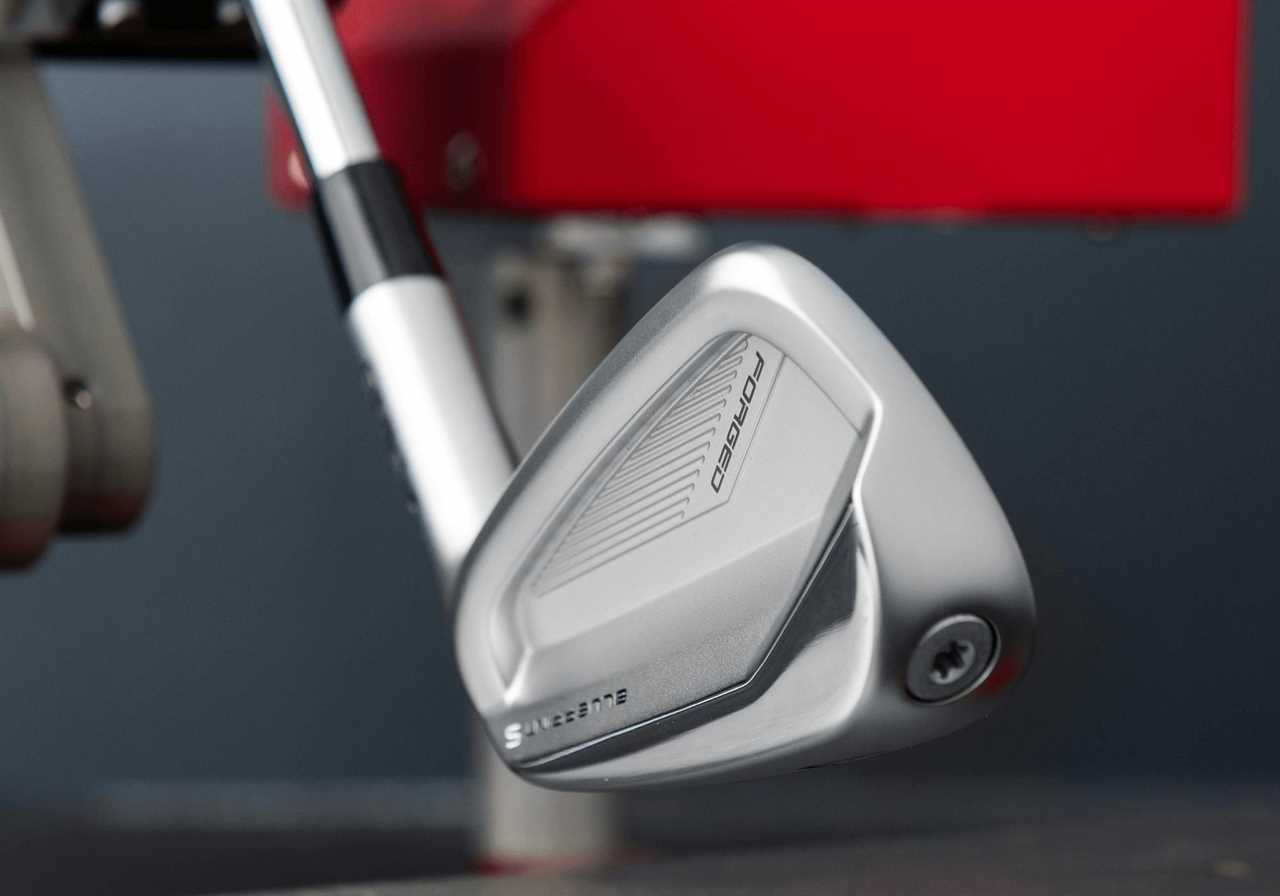
“You can now mix and match all three sets,” says Milleman. “You won’t have to bend anything strong or weak to make the gapping work.”
If you’re really a club geek, you could buy a set of each and mix and match depending on conditions and how you’re swinging it on a given day. Crazy talk, I know.
But a guy can dream, can’t he?
PING Blueprint Irons: Final Thoughts, Price and Availability
When PING talks about giving the Blueprints a little lower CG, a little more offset and a little more MOI, they mean just that.
A little.
They’re for elite ball strikers.

And give PING credit for its at least decade-long efforts to streamline and improve its iron lineup. Karsten Solheim always placed function and performance ahead of looks. Karsten’s son Allan famously said, “At PING, we go on how a club performs, not how pretty it is. The better a person hits it, the prettier it looks.”
But over the last 10 years, PING has figured out that form doesn’t have to suffer at the feet of function. Slice however you wish, but we can safely say these new Blueprints don’t suffer one damn bit.
The stock offering probably means less with the new PING Blueprint irons than with most others, but the True Temper DG 120 is the stock shaft for both irons. There’s no stock graphite for the Blueprint T, but the Blueprint S will feature the PING Alta CB Black. The Golf Pride Tour Velvet 360 the stock grip for both. As usual, PING offers an array of no-upcharge shafts.
Both sets will be available in 3-iron through pitching wedge, and in PING’s standard, Power Spec or Retro Spec loft options.
Both the PING Blueprint T and Blueprint S will retail for $235 per club in stock steel and $245 per club in stock graphite. They’re available for pre-order and custom fittings starting today.
For more information, visit the PING website.
The post PING Blueprint Irons: T and S With No AI appeared first on MyGolfSpy.
https://mygolfspy.com/news-opinion/ping-blueprint-irons-t-and-s-with-no-ai/
 Backyard GrillingWeekend WarriorsAdvice from DadBeard GroomingTV Shows for Guys4x4 Off-Road CarsMens FashionSports NewsAncient Archeology World NewsPrivacy PolicyTerms And Conditions
Backyard GrillingWeekend WarriorsAdvice from DadBeard GroomingTV Shows for Guys4x4 Off-Road CarsMens FashionSports NewsAncient Archeology World NewsPrivacy PolicyTerms And Conditions
